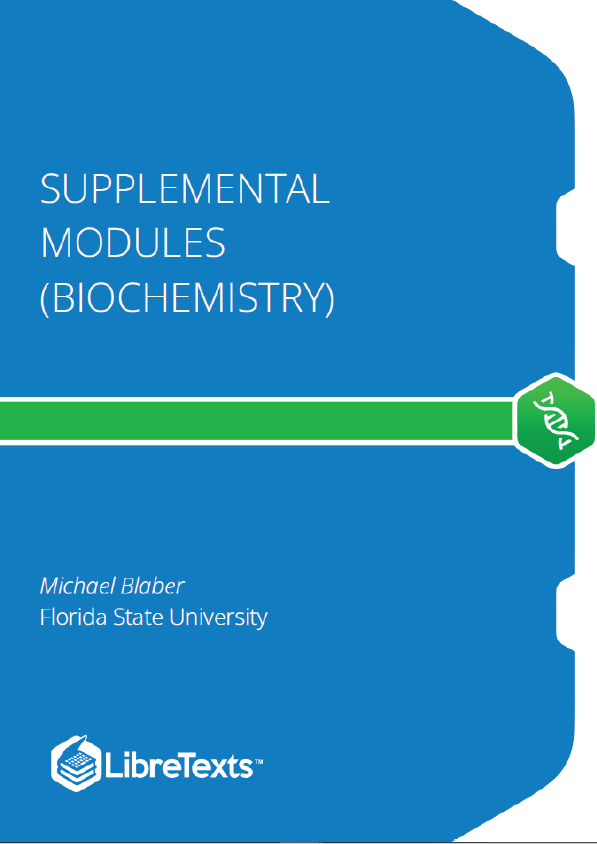In the early 1900’s many people thought that protein must be the genetic material responsible for inherited characteristics. One of the reasons behind this belief was the knowledge that proteins were quite complex molecules and therefore, they must be specified by molecules of equal or greater complexity (i.e. other proteins). DNA was known to be a relatively simple molecule, in comparison to proteins, and therefore it was hard to understand how a complex molecule (a protein) could be determined by a simpler molecule (DNA). What were the key experiments which identified DNA as the primary genetic material?
1928 F. Griffith
Background: Diplococcus pneumoniae, or pneumococcus, is a nasty little bacteria which, when injected into mice, will cause pneumonia and death in the mouse. The bacteria contains a capsular polysaccharide on its surface which protects the bacteria from host defenses. Occasionally, variants (mutants) of the bacteria arise which have a defect in the production of the capsular polysaccharide. The mutants have two characteristics: 1) They are avirulent, meaning that without proper capsular polysaccharide they are unable to mount an infection in the host (they are destroyed by the host defenses), and 2) Due to the lack of capsular polysaccharide the surface of the mutant bacteria appears rough under the microscope and can be distinguished from the wild type bacteria (whose surface appears smooth).
The virulent smooth wild type pneumococcus can be heat treated and rendered avirulent (still appears smooth under the microscope however). Finally, there are several different subtypes of pneumococcus capsular polysaccharide (subtypes I, II and III). These subtypes are readily distinguishable from one another, and each can give rise to mutants lacking capsular polysaccharide (i.e. the avirulent rough type).
The viral particles adsorb to the surface of the E. coli cells. It was known that some material then leaves the phage and enters the cell. The “empty” phage particles on the surface cells can be physically removed by putting the cells into a blender and whipping them up. In any case, some 20 minutes after the phage adsorb to the surface of the bacteria the bacteria bursts open (lysis) and releases a multitude of progeny virus.
If the media in which the bacteria grew (and were infected) included P labeled ATP, progeny phage could be recovered with this isotope incorporated into its DNA (normal proteins contain only hydrogen, nitrogen, carbon, oxygen, and sulfur atoms). Likewise, if the media contained S labeled methionine the resulting progeny phage could be recovered with this isotope present only in its protein components (normal DNA contains only hydrogen, nitrogen, carbon, oxygen, and phosphorous atoms).










